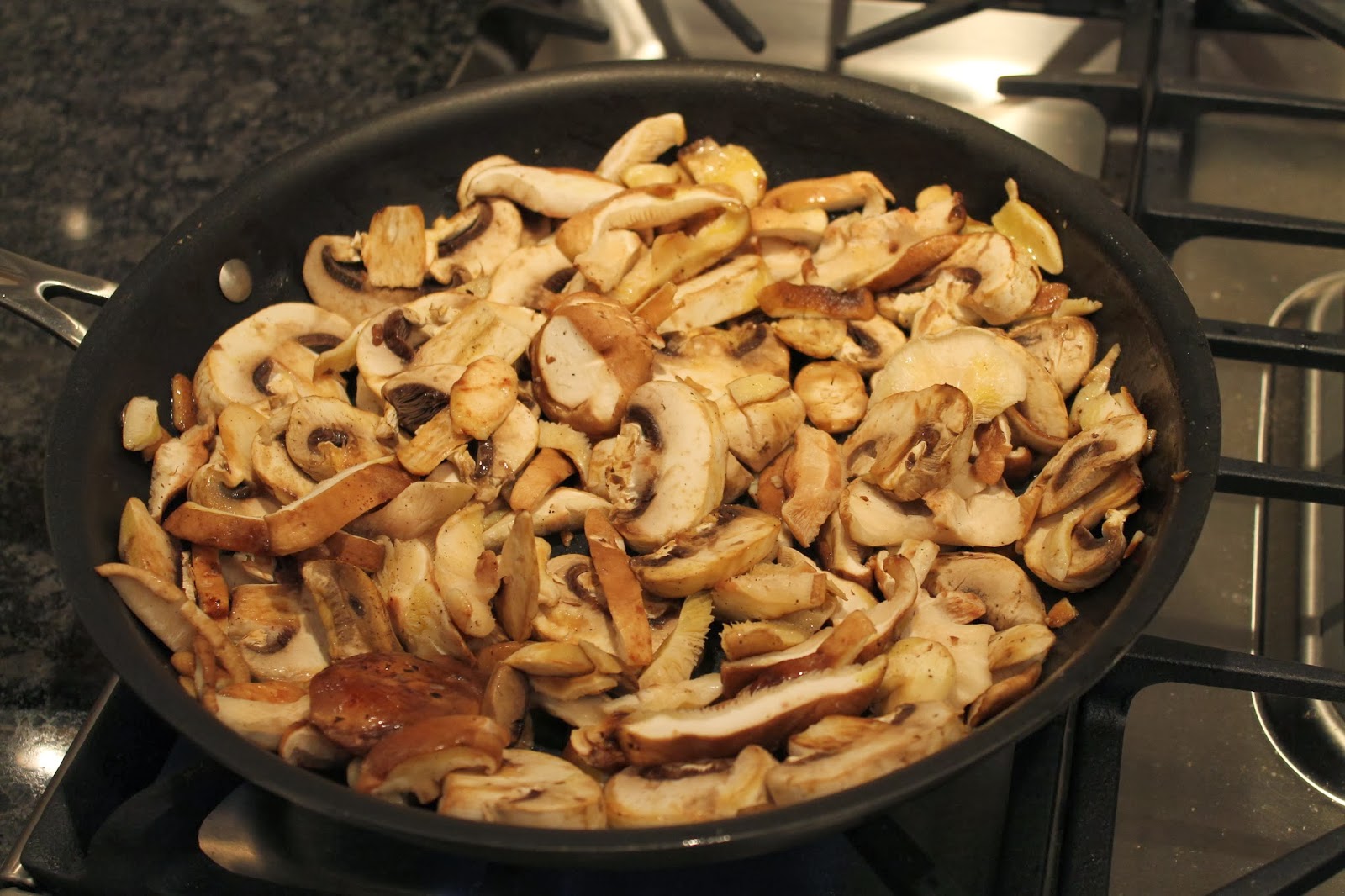 |
| Vegetable Minestrone |
The basis of this was a Giada di Laurentiis recipe on a Food Network show we saw recently, but we made it from memory, and so I am not sure how closely what we made mirrors her recipe, but it is somewhat close.
Ingredients:
- 3 carrots, medium dice
- 3 ribs celery, medium dice
- 3 medium potatoes, peeled, medium dice
- 4 cloves garlic, minced
- 1 can (15 oz) diced tomatoes
- 2 cans (15 oz each) cannelini (white kidney) or great northern (white) beans, drained and split out as noted below
- 1 medium plastic clam-shell package of "Power greens" (mix of spinach, chard and kale I think...)
- 1 teaspoon dried thyme
- 1 teaspoon dried crushed rosemary
- 1/4 cup shredded parmesan, or a chunk of parmesan rind
- Beef stock (one of the larger box cartons plus a little more)
The carrots, celery, potatoes and garlic are sweated in some olive oil in a large dutch oven (we used a big Le Creuset enamled cast iron one...my favorite pot).
While the veggies sweat, put about 2/3 of one can of white beans into a blender or food processor along with a cup or so of beef broth and puree them together. When then veggies are done sweating, add the diced tomatoes, the puree'd bean/broth mixture and the remaining white beans to the pot. Add the power greens (spinach/chard/kale), the thyme and rosemary and cover with beef stock. Simmer for 40 minutes or so. If you have a chunk of parmesan rind, add it prior to the simmering, it using shredded parmesan, hold off for now. The parmesan rind is really nice if you have it; it adds a richness and depth beyond what a simple sprinkling of shredded cheese will do (and it's the part of the cheese you can't really eat anyway...). It also adds some saltiness, so let it all cook out before checking for salt near the end.
At the end of 40 minutes, if using shredded parm, add it now and simmer for another 15 minutes or so. Total simmer time is close to an hour, although this is probably longer than you really need to cook the vegetables to doneness.
Test for salt and pepper, seasoning more if needed. Simmer a few more minutes and serve. (Because the carrots float more readily than some of the other veggies, the picture is a little misleading in making it look like chunky carrot soup...).




















